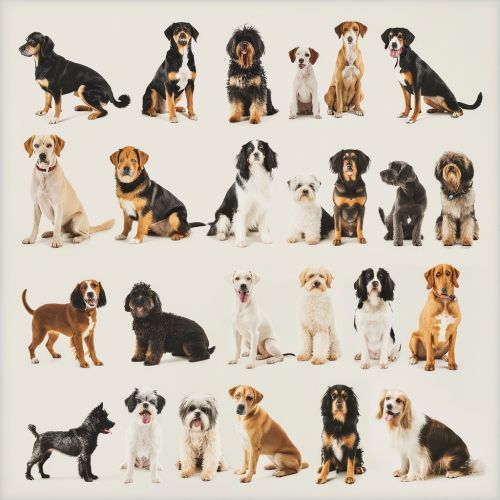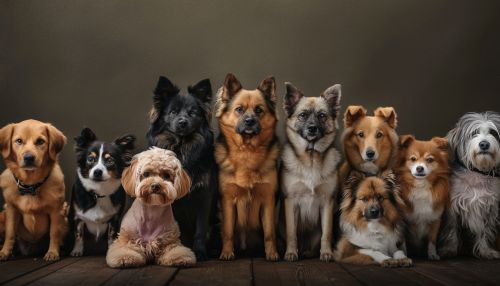Artificial selection
Introduction
Artificial selection, also known as selective breeding, is a process used by humans to develop new organisms with desirable characteristics. Breeders select two parents that have beneficial phenotypic traits to reproduce, yielding offspring with those desired traits. Artificial selection is used in many fields, including agriculture, animal husbandry, and pet breeding, to produce organisms with desirable traits or to remove undesirable ones.


History
The concept of artificial selection was first theorized by Darwin in his book, On the Origin of Species by Means of Natural Selection. Darwin noted that human beings have been modifying plants and animals through selective breeding for millennia, a process he termed "artificial selection" to contrast with "natural selection". This concept was instrumental in Darwin's theory of evolution.
Process
Artificial selection involves the intentional breeding of organisms with desirable traits in an attempt to produce offspring with similar desirable characteristics or with improvements of existing traits. This process can lead to significant changes in the physical and behavioral characteristics of organisms over generations.
Types of Artificial Selection
There are two main types of artificial selection: methodical selection and unconscious selection.
Methodical Selection
Methodical selection involves the deliberate and systematic selection of parents in breeding to achieve a specific outcome. This type of selection is often used in plant and animal breeding to enhance or develop specific traits.
Unconscious Selection
Unconscious selection refers to the unintentional selection of traits due to human influence. This often occurs when humans cultivate plants or domesticate animals without the intention of altering their genetic makeup, but the process of cultivation or domestication inadvertently favors certain traits.
Applications
Artificial selection has been used in various fields for a variety of purposes.
Agriculture
In agriculture, artificial selection is used to enhance the yield, nutritional value, and disease resistance of crops. For example, modern corn is a product of artificial selection. The original wild ancestor of corn, teosinte, was transformed into the high-yielding corn we know today through thousands of years of selective breeding.
Animal Husbandry
In animal husbandry, artificial selection is used to increase the production of meat, milk, or eggs, improve temperament, and enhance other desirable traits. For example, the Holstein cow, known for its high milk production, is a product of artificial selection.
Pet Breeding
In pet breeding, artificial selection is used to create or maintain breeds with specific physical or behavioral traits. For example, different breeds of dogs have been developed through artificial selection for various purposes such as hunting, herding, or companionship.
Implications and Controversies
While artificial selection has many benefits, it also has potential drawbacks and ethical implications. For instance, in pet breeding, selecting for specific physical traits can sometimes lead to health problems in the animals. Also, the use of artificial selection in agriculture can lead to a reduction in genetic diversity, which can make crops more susceptible to diseases or pests.
